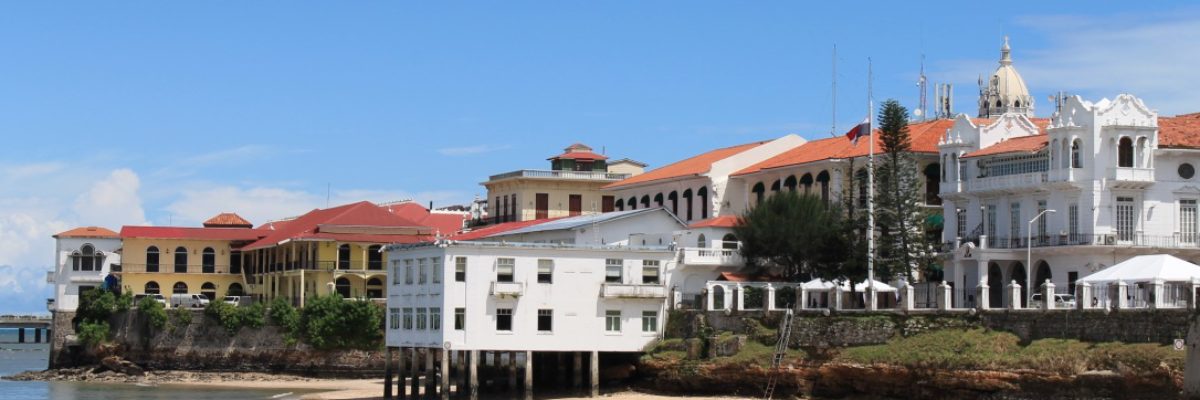Whitehorse is a wilderness city. The city is surrounded by pristine boreal forests, and there is no end to outdoor actives you can dive into. You also don’t have to travel very far to see evidence of the rich history that led to the modern Yukon we know today.

Miles Canyon is located about 7 kilometres south of downtown Whitehorse, and if you’re visiting the Yukon, this should be top of your list to visit. The Yukon River converges at this narrow canyon, which is walled by basalt columnar joints, left over from cooling lava millions of years ago. It’s this volcanic process that gave the canyon its spectacular views.

Before the hydro electric dam was constructed in 1959, the river was much lower than it is today, and waters were much more turbulent. For Stampeders making their way to the Klondike, this Canyon was a treacherous gateway on the road towards Dawson, and many of them lost their lives trying to shoot these rapids. A little further north of this canyon was another set of rapids; they churned with whitewater that resembled the manes of running horses, which is how Whitehorse got its name.

The challenge of the rapids created an opportunity for intrepid entrepreneurs. A group of pioneers opened an encampment 1.5 kilometres south of Miles Canyon they called Canyon City. There, they established a wooden log tram system, and charged stampeders three cents per pound to move their goods around the canyon. At one point this location hosted a hotel, saloon and restaurant, as well as a Northwest Mounted Police outpost; a way point for weary travellers.

Today, this is a great hiking spot, and you’ll be rewarded with some stunning views. Once you’re at Miles Canyon, cross the suspension bridge and pick up the trail head for the Upper or Lower Canyon City trails. This a short, 1.5 kilometre hike, with very little elevation gain. I would rate the difficulty level as easy, with only a few section of scrambling required to ascend the ridge line on the upper trail. For the best experience, take the upper trail in, and the lower trail back; you’ll get an entirely different perspective.

Once you reach Canyon City you’ll be able to find evidence of where the original outbuildings were located. There is a tram car like the ones used by the early pioneers, and lots of side trails to explore the entire site. You’re going to come across numerous middens full of empty cans from the original settlement, and ground depressions that indicate log cabins once stood in their place. From here, you can also pick up the trail head to the Yukon River trail, which extends for another 6.7 kilometres, but it was getting late so I needed to leave this one for another day.

There’s something peaceful and relaxing about solo hiking. You can move at your own pace, and loose yourself in your thoughts. I must admit, I break a cardinal rule when I’m hiking on my own. I love to listen to my iPod along the way; the issue is that I won’t be able to hear predators should I happen to cross their paths. Bears and Lynx are active in the Yukon, and you do need to pay attention. Hopefully you’re not reading the news one day reading about a hiker who went missing only to have his iPod found in a pile of scat. I’m sure the headline will be something like, “Bear eats hiker, while listening to dinner music”.

Once you’re finished your hike, you can drive up the hill to a lookout that will give your a spectacular view of Miles Canyon, the Yukon River, and Grey Mountain on the opposite side of the valley; and at the bottom of that hill you can follow the road along Schwatka Lake as you head back to town. Happy exploring!











